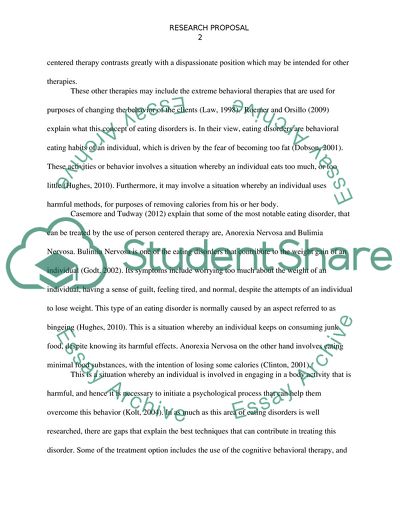Cite this document
(The Person Centered Therapy Assignment Example | Topics and Well Written Essays - 1750 words, n.d.)
The Person Centered Therapy Assignment Example | Topics and Well Written Essays - 1750 words. https://studentshare.org/psychology/1850636-can-person-centred-therapy-be-effective-in-clients-with-eating-disorders
The Person Centered Therapy Assignment Example | Topics and Well Written Essays - 1750 words. https://studentshare.org/psychology/1850636-can-person-centred-therapy-be-effective-in-clients-with-eating-disorders
(The Person Centered Therapy Assignment Example | Topics and Well Written Essays - 1750 Words)
The Person Centered Therapy Assignment Example | Topics and Well Written Essays - 1750 Words. https://studentshare.org/psychology/1850636-can-person-centred-therapy-be-effective-in-clients-with-eating-disorders.
The Person Centered Therapy Assignment Example | Topics and Well Written Essays - 1750 Words. https://studentshare.org/psychology/1850636-can-person-centred-therapy-be-effective-in-clients-with-eating-disorders.
“The Person Centered Therapy Assignment Example | Topics and Well Written Essays - 1750 Words”. https://studentshare.org/psychology/1850636-can-person-centred-therapy-be-effective-in-clients-with-eating-disorders.


